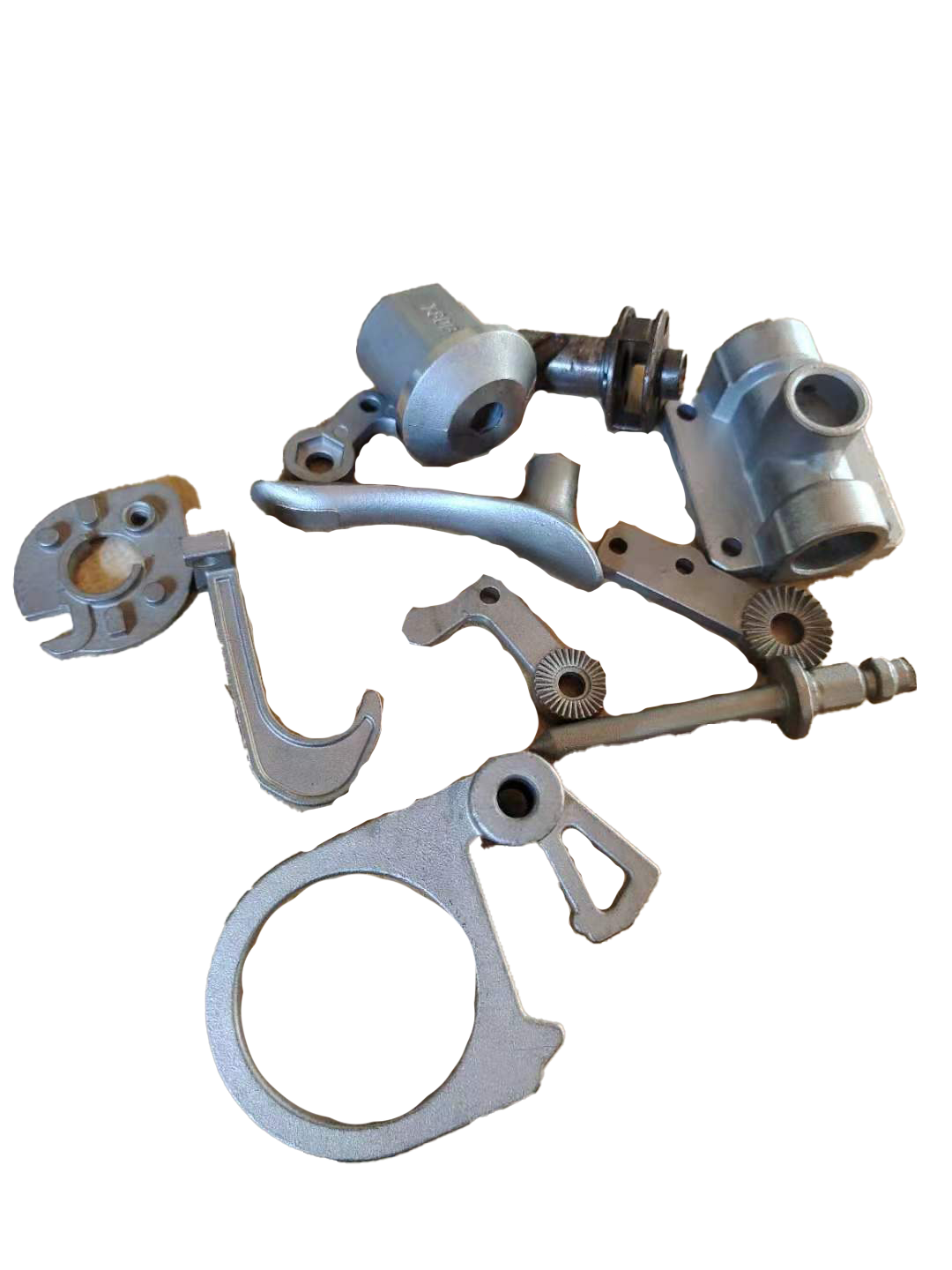Грешка във формата на имейла
emailCannotEmpty
emailDoesExist
pwdLetterLimtTip
inconsistentPwd
pwdLetterLimtTip
inconsistentPwd

Новини
Six Common Casting Methods and Their Advantages and Disadvantages(1)
Casting is a metal hot working process that human beings have mastered relatively early, with a history of about 6000 years. China entered the heyday of bronze castings between 1700 BC and 1000 BC, and the technology has reached a very high level. What are the common casting methods? What are their advantages and disadvantages?

Ordinary sand mold casting
The basic raw materials for making a sand mold are casting sand and molding sand binder. The most commonly used casting sand is siliceous sand. When the high-temperature performance of silicon sand cannot meet the use requirements, zircon sand, chromite sand, corundum sand, and other special sands are used. The most widely used molding sand binder is clay. Various dry or semi-dry oils, water-soluble silicates or phosphates, and various synthetic resins can also be used as molding sand binders. The outer sand mold used in sand casting can be divided into three types: Clay green sand mold, clay dry sand mold, and chemical hardening sand mold according to the binder used in molding sand and the way of establishing strength.
Advantage
Clay is rich in resources and cheap. Most of the used clay wet sand can be recycled after proper sand treatment; The cycle of manufacturing mold is short and the work efficiency is high; The mixed molding sand can be used for a long time; It has a wide range of adaptability. Small pieces, large pieces, simple pieces, complex pieces, single pieces, and large quantities can be used;
Disadvantages and limitations
Because each sand mold can only be poured once, the mold will be damaged after obtaining the casting and must be reshaped, so the production efficiency of sand mold casting is low; The rigidity of the mold is not high, and the dimensional accuracy of the casting is poor; Castings are prone to sand flushing, sand inclusion, porosity, and other defects.
Investment casting
When making patterns with wax, investment casting is also known as "lost wax casting". Investment casting usually refers to a casting scheme in which a pattern is made of fusible materials, a shell is made of several layers of refractory materials coated on the surface of the pattern, and then the pattern is melted out of the shell, to obtain a mold without parting surface, which can be filled with sand after high-temperature roasting. Because the appearance is widely made of waxy materials, investment casting is often called "lost wax casting". The types of alloys that can be produced by investment casting include carbon steel, alloy steel, heat-resistant alloy, stainless steel, precision alloy, permanent magnet alloy, bearing alloy, copper alloy, aluminum alloy, titanium alloy, and nodular cast iron.
Advantage
High dimensional accuracy. Generally, it can reach ct4-6 (ct10~13 for sand mold casting and ct5~7 for die casting); It can improve the utilization rate of metal materials. Investment casting can significantly reduce the processing volume of the formed surface and mating surface of products, and save the consumption of processing time and cutting tool materials; It can maximize the similarity between blank and parts, and bring great convenience to the structural design of parts. Casting castings with complex shapes. Investment casting can cast castings with very complex shapes, castings with a wall thickness of 0.5mm and weight as small as 1g, and combined and integral castings; It is not limited by alloy materials. Investment casting can be used to cast carbon steel, alloy steel, ductile iron, copper alloy, and aluminum alloy castings, as well as castings of superalloys, magnesium alloys, titanium alloys, and precious metals. For alloy materials that are difficult to forge, weld and cut, it is particularly suitable for precision casting; With high production flexibility and strong adaptability, investment casting is suitable for mass production, small batch production, and even single-piece production.
Disadvantages and limitations
The casting size should not be too large, the process is complex, and the cooling speed of the casting is slow. Among all blank forming methods, investment casting has the most complex process and high casting cost. However, if the products are selected properly, the parts are designed reasonably, and the high casting cost is compensated by reducing cutting, assembly, and saving metal materials, investment casting has a good economy.
For more information about lost wax casting bronze sculpture, lost wax casting steel, lost wax casting investment powder, plz feel free to contact us.

